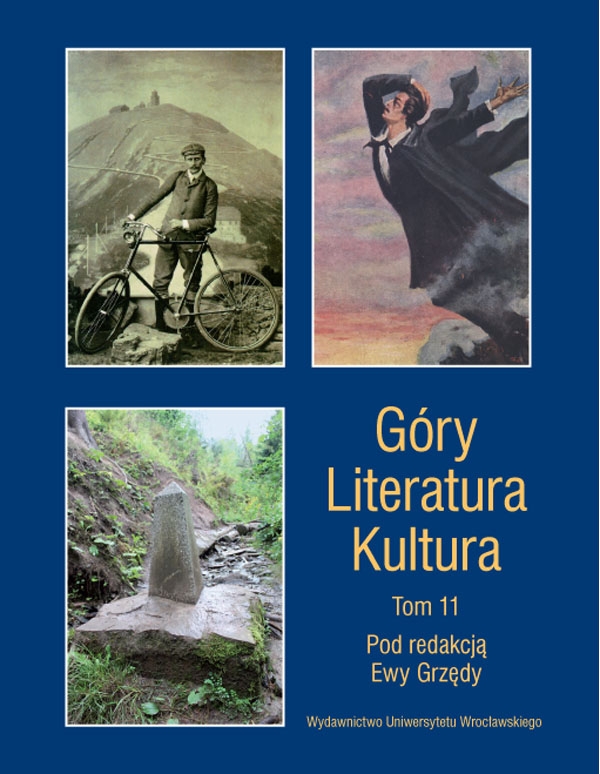

Dissertations, studies, sketches

GEA DOBRZAŃSKA, Z ZAKOPIAŃSKICH TCHNIEŃ, BREATH OF ZAKOPANE. BETWEEN PLOT AND REALITY
The article is an analysis of a 1914 collection of stories, Z zakopańskich tchnień Breath of
Zakopane and an attempt to discover the identity of its author, Gea Dobrzańska. Dobrzańska, who came most likely from Wielkopolska, was a socially engaged writer: she collaborated with the Na posterunku journal, the editor-in-chief of which was also part of the editorial committee of Eleuteria’s magazine. Her oeuvre suggests that she was no stranger to the ideas of Towianism and, more broadly, Romanticism.
The article focuses on four stories from the collection Kartki znalezione na Antałówce, Przed czynem Before Action, Magnificat, W górach In the Mountains, the action of which takes place in Zakopane. The world presented by the author in these stories indicates that she was familiar with the reality of life in the Podhale region before the First World War and confirms her commitment to social and political causes, commitment reflected in her work.
Another trail in the process of discovering Dobrzańska’s biography leads to Eleusis, a society founded by Wincenty Lutosławski. The writer’s links to this organisation, promoting abstinence and spiritual development, are suggested both by elements from her biography and by her literary oeuvre.